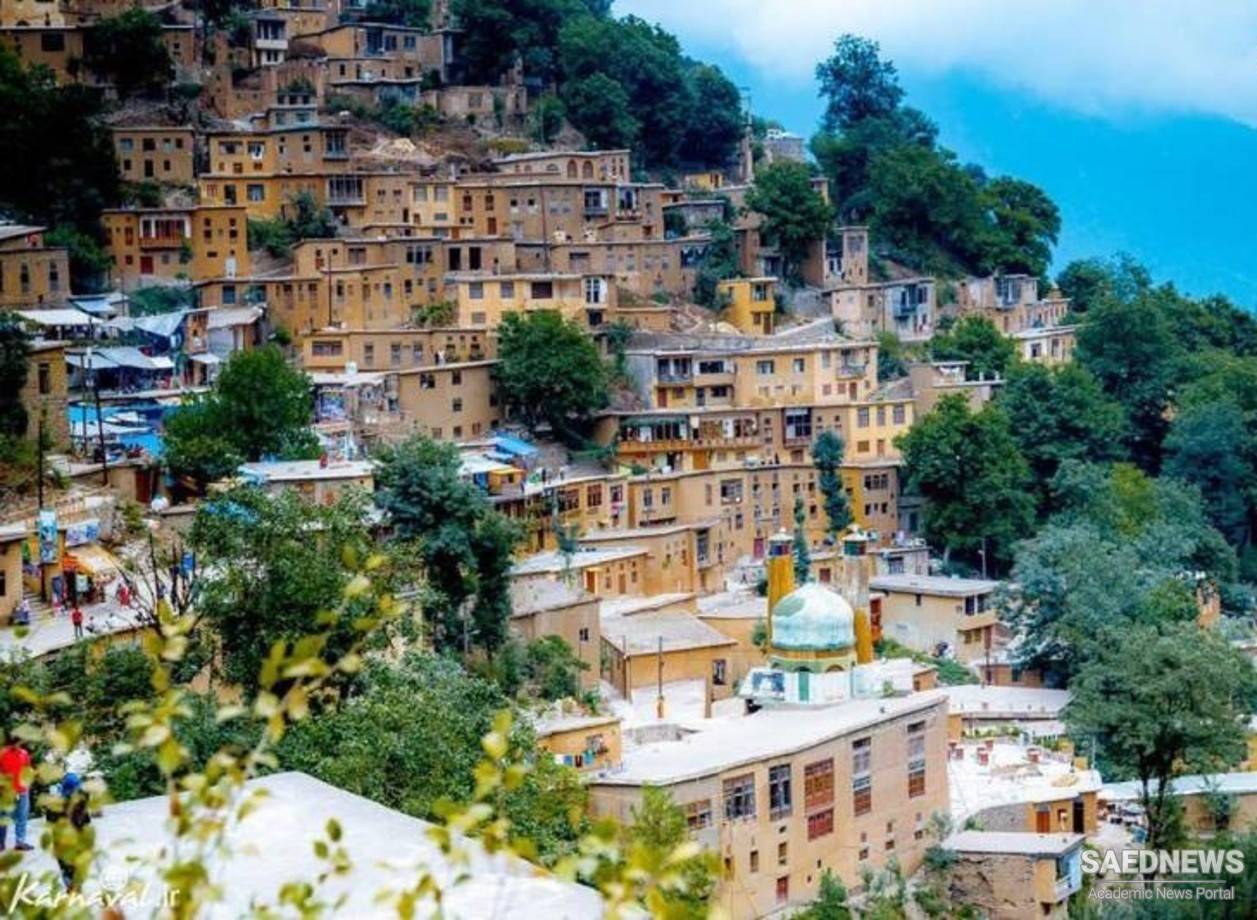Contemporary Iran is divided into 28 provinces, but these are mostly artifi cial administrative divisions that are of little real consequence and subject to frequent changes. Geographical factors, however, have created a number of quite distinct regions in Iran, and their identity is often reinforced by ethnic and cultural differences as well. The most fundamentally different regions of the country are the lowlands facing the Caspian Sea and the Persian Gulf. The Caspian region has three main components: Gilan, a broad plain in the west, with Rasht and the port of Anzali as major urban centers; Mazandaran, a narrow, central strip of land between the Alborz and the Caspian, with Sari as its major city; and Gorgan, another large plain to the east (now part of the province called Golestan, which includes the cities of Gorgan and Gonbad-e Qabus). None of these areas are predominantly Persian speaking. Gorgan is a Turkicspeaking area inhabited by various Turkoman tribes such as the Yomut or Goklen, some of whom are still nomadic or seminomadic. Elsewhere in the Caspian region, people speak Gilaki or Mazandarani, both Iranian but nonPersian languages. Throughout much of this area, the climate is subtropical and humid, making possible the cultivation of crops such as rice and tea. Toward the mountains, the region is heavily forested. Gorgân is more arid, but cotton has become an important crop there. The sea and marshes are also important to the local economy and diet, with many popular seaside resorts and a supply of sturgeon and caviar. Traditional housing in this region is quite unique, too, with thatched-roof houses raised on stilts in Gilân and round felt tents for the Turkoman nomads in Gorgan.


 Iranian Ethnic Groups: Diverse Culture and Greater Iran
Iranian Ethnic Groups: Diverse Culture and Greater Iran














































